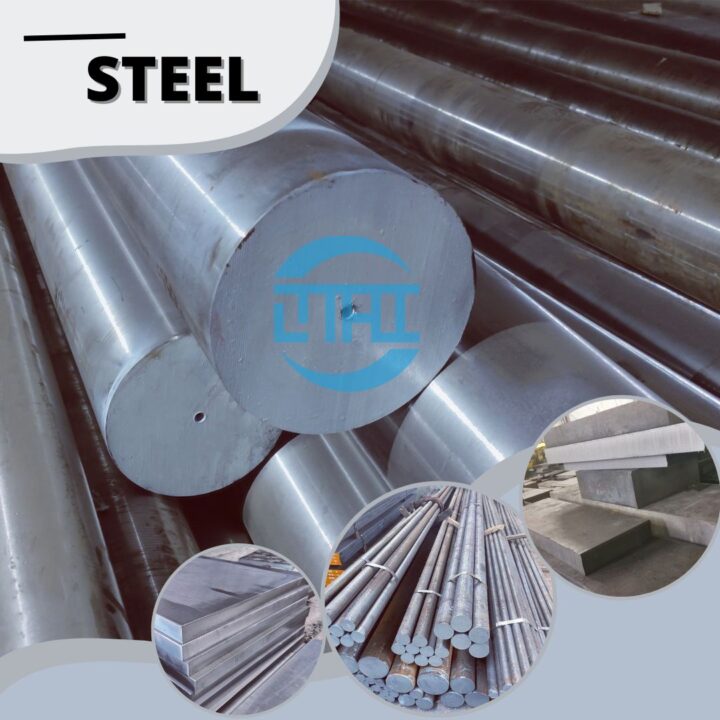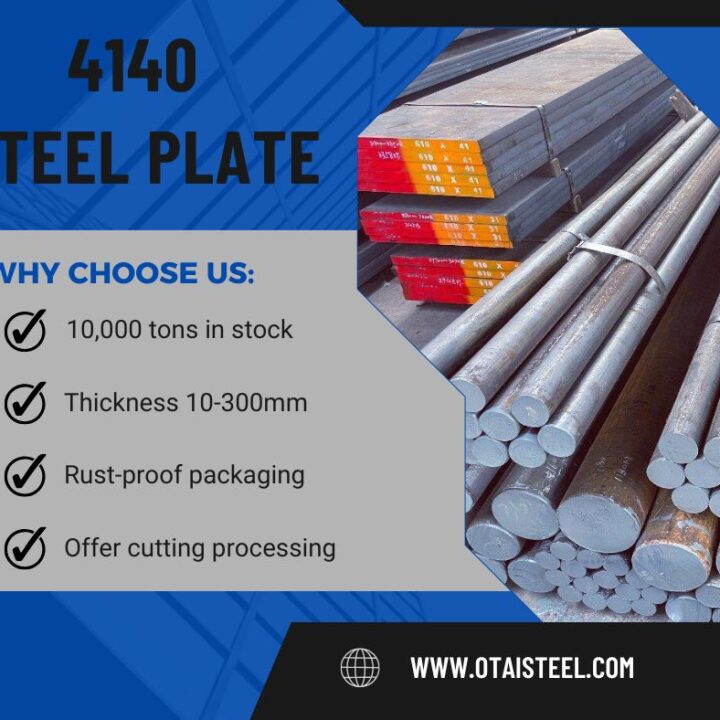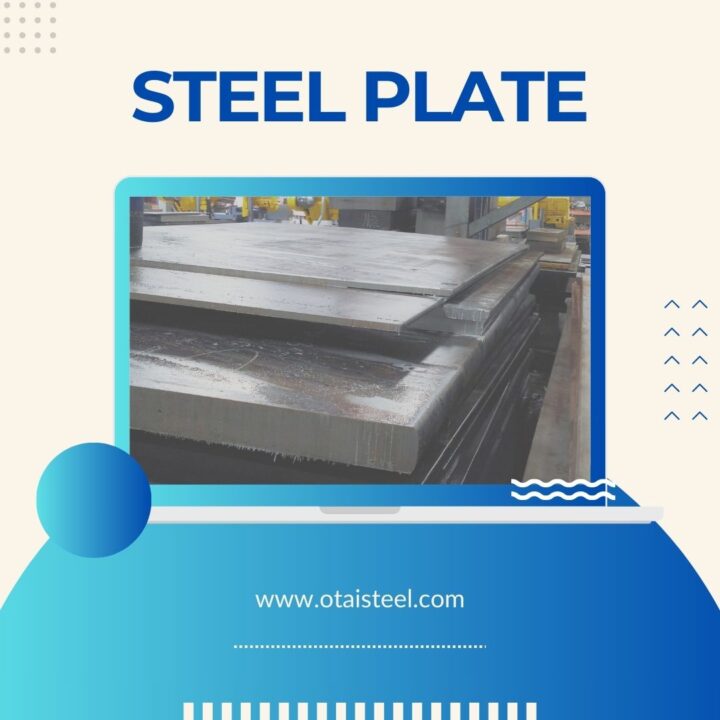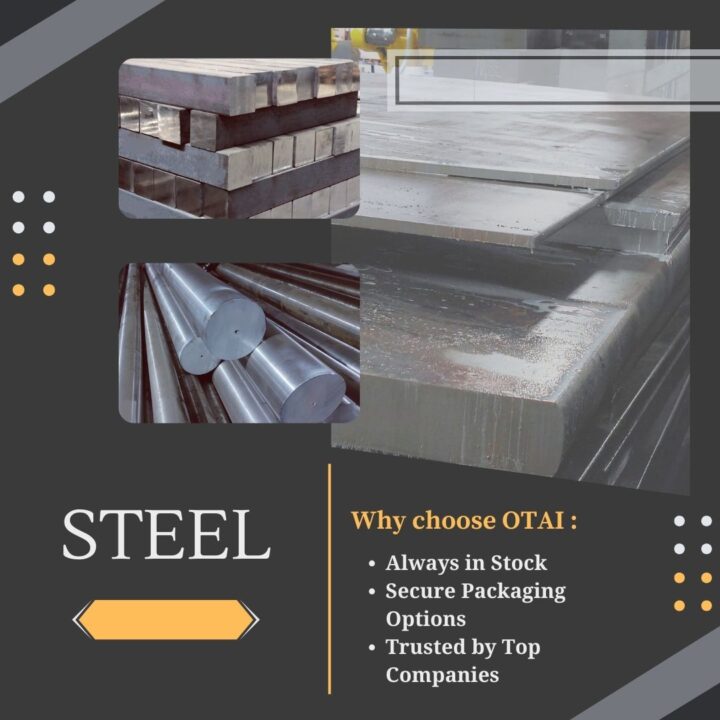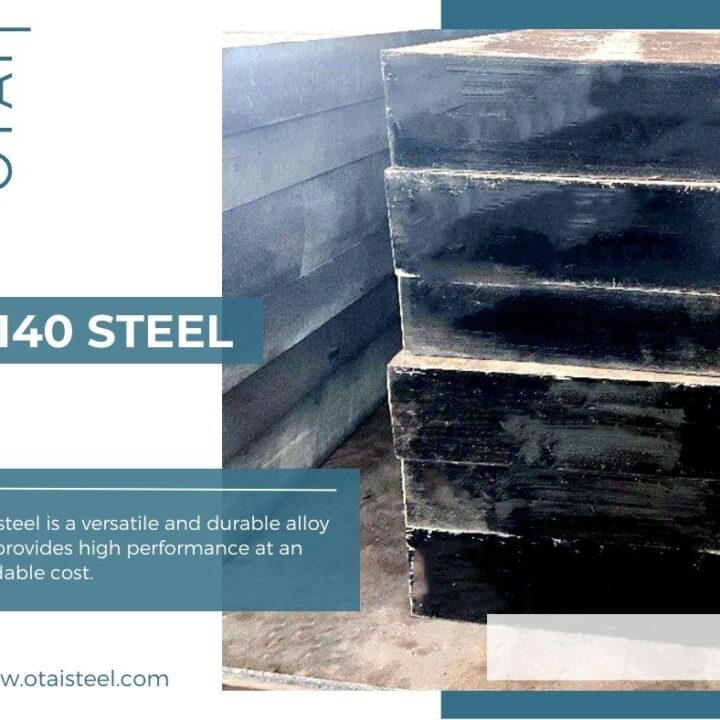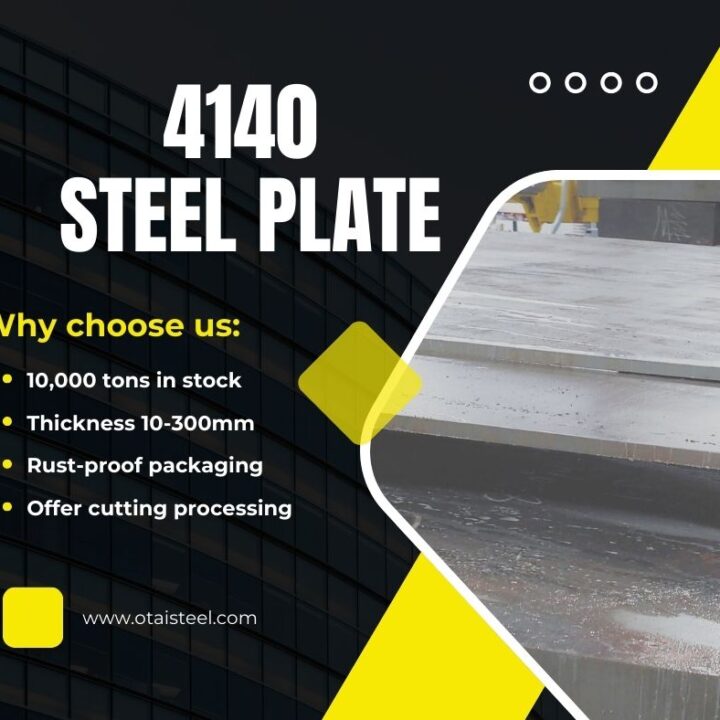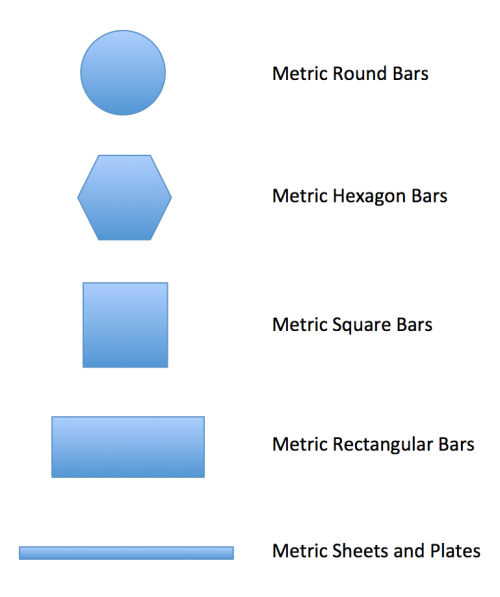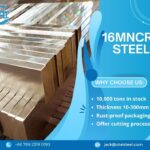 9310 vs 4140 Steel: A Comparison of Properties, Applications, and Performance
9310 vs 4140 Steel: A Comparison of Properties, Applications, and Performance
When it comes to selecting the right steel for demanding industrial applications, understanding the differences between materials is crucial. 9310 steel and 4140 steel are both widely used alloys in industries such as automotive, aerospace, and heavy machinery. However, they have distinct properties, advantages, and ideal uses. In this article, we will explore the differences between 9310 steel and 4140 steel, comparing their chemical composition, mechanical properties, heat treatment processes, and applications.
🔍 What is 9310 Steel?
9310 steel is a low-alloy steel primarily used in the manufacturing of gears, shafts, and other components that need to withstand high stress and wear. It is often considered a case-hardened material, meaning it can be treated to have a hard outer layer while maintaining toughness in the core.
Chemical Composition of 9310 Steel:
| Element | Percentage (%) |
|---|---|
| Carbon (C) | 0.08–0.15 |
| Manganese (Mn) | 0.60–0.90 |
| Chromium (Cr) | 0.80–1.10 |
| Nickel (Ni) | 3.50–4.50 |
| Molybdenum (Mo) | 0.20–0.30 |
| Silicon (Si) | 0.20–0.35 |
| Phosphorus (P) | 0.035 max |
| Sulfur (S) | 0.035 max |
The nickel (Ni) content is particularly notable, as it imparts toughness and resilience to 9310 steel. The material is often used for gears and shafts that need to perform well under extreme conditions.
🔍 What is 4140 Steel?
4140 steel is a versatile medium-carbon alloy steel that contains chromium (Cr), molybdenum (Mo), and carbon (C). It is known for its excellent combination of strength, toughness, and wear resistance, making it suitable for a wide range of applications, including machinery parts, tools, and shafts.
Chemical Composition of 4140 Steel:
| Element | Percentage (%) |
|---|---|
| Carbon (C) | 0.38–0.43 |
| Manganese (Mn) | 0.75–1.00 |
| Chromium (Cr) | 0.80–1.10 |
| Molybdenum (Mo) | 0.15–0.25 |
| Silicon (Si) | 0.20–0.35 |
| Phosphorus (P) | 0.035 max |
| Sulfur (S) | 0.035 max |
With 4140 steel, the chromium and molybdenum content helps improve the hardness, wear resistance, and toughness of the material, making it a top choice for heavy-duty applications.
🧪 Mechanical Properties Comparison: 9310 vs 4140 Steel
The mechanical properties of both 9310 steel and 4140 steel vary based on their composition and heat treatment processes. However, we can generally compare their tensile strength, yield strength, hardness, and impact toughness.
| Property | 9310 Steel | 4140 Steel |
|---|---|---|
| Tensile Strength | 930–1080 MPa | 750–1000 MPa |
| Yield Strength | 620–830 MPa | 430–700 MPa |
| Hardness (Brinell) | 235–285 HB | 197–235 HB |
| Impact Toughness | High (improved by heat treatment) | Moderate to High |
-
Tensile Strength: 9310 steel generally has a higher tensile strength than 4140 steel, which makes it more suited for applications that require high-load capacity.
-
Yield Strength: Both steels have a good yield strength, but 4140 steel is typically used for applications that require good toughness and resilience.
-
Hardness: 9310 steel has a higher hardness, which is important for case-hardening applications, whereas 4140 steel provides a balanced hardness that makes it useful in a broader range of conditions.
-
Impact Toughness: 9310 steel has better impact toughness due to its nickel content, whereas 4140 steel is still robust but may not perform as well in extremely high-stress scenarios.
🔨 Heat Treatment Comparison: 9310 vs 4140 Steel
Both 9310 and 4140 can undergo various heat treatment processes, which improve their mechanical properties. However, 9310 steel is typically chosen for case-hardening to produce a hard surface while keeping the core tough. 4140 steel, on the other hand, is often quenched and tempered to improve its strength and toughness.
-
9310 Steel: Commonly case-hardened and tempered to create a hard, wear-resistant surface while maintaining toughness in the core.
-
4140 Steel: Can be quenched and tempered to improve strength, toughness, and wear resistance, making it ideal for heavy-duty applications.
🧰 Applications of 9310 vs 4140 Steel
While both 9310 steel and 4140 steel are used in heavy-duty applications, they are typically used in different areas based on their mechanical properties.
| Application Area | 9310 Steel | 4140 Steel |
|---|---|---|
| Automotive | Axles, gears, crankshafts | Axles, crankshafts, brake components |
| Aerospace | Turbine shafts, landing gear | Landing gear, aircraft frames |
| Heavy Machinery | Gears, shafts, transmission parts | Machine tools, driveshafts, gears |
9310 steel is often selected for high-performance components that require high tensile strength and impact toughness, such as gears and shafts in aerospace and automotive industries. 4140 steel, on the other hand, is used in applications requiring high wear resistance and toughness without the need for a hardened outer layer.
⚙️ Why Choose Otai Special Steel for 9310 and 4140 Steel?
At Otai Special Steel, we supply high-quality 9310 steel and 4140 steel products. Our materials undergo stringent quality checks, ensuring that they meet the highest standards for durability and performance. Whether you need gears, shafts, or other critical components, we provide the right materials for your industrial needs.
Company Advantages:
-
Premium Quality: We provide top-notch 9310 steel and 4140 steel products, ensuring high mechanical properties and performance.
-
Large Inventory: Our extensive inventory guarantees quick delivery and reduced lead times.
-
Customized Solutions: We offer customized cutting, heat treatment, and surface finishing to meet your specific needs.
-
Competitive Pricing: By optimizing our supply chain and maintaining strong partnerships with leading mills, we provide cost-effective solutions.
❓ FAQ
Q1: What is the main difference between 9310 steel and 4140 steel?
-
A1: The key difference lies in their chemical composition and mechanical properties. 9310 steel has higher nickel content, providing better toughness and impact resistance, whereas 4140 steel offers a more versatile set of properties suitable for a wider range of applications.
Q2: Which steel is better for high-stress components, 9310 or 4140?
-
A2: 9310 steel is generally better for high-stress components like gears and shafts, as it offers higher tensile strength and impact toughness.
Q3: Can both steels be heat-treated?
-
A3: Yes, both 9310 and 4140 steel can undergo heat treatment to improve their mechanical properties. 9310 is often case-hardened, while 4140 is quenched and tempered.

